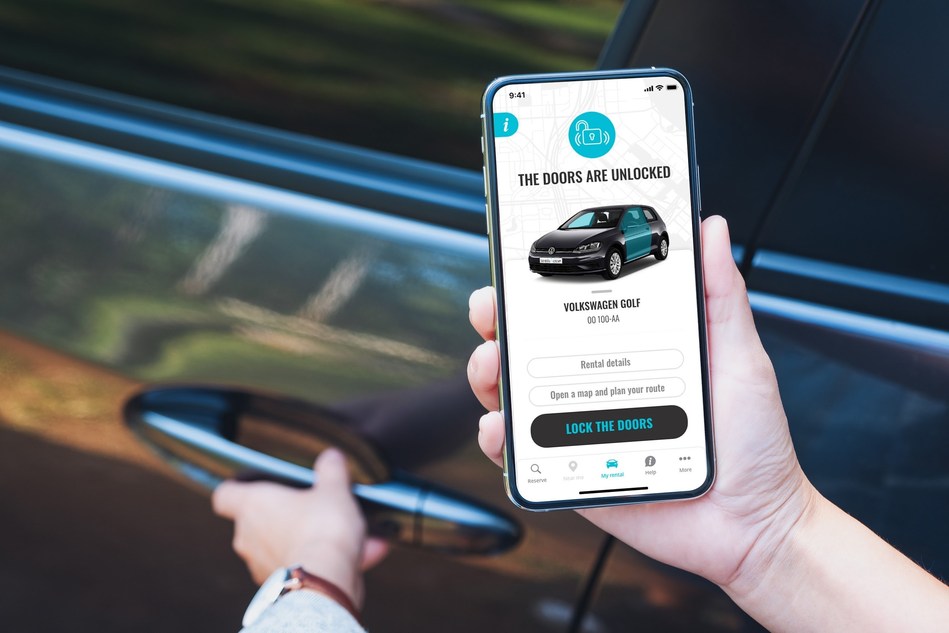Soft mobility refers to the movement of people or goods using human power. For example, it might mean walking to the grocery store instead of driving, rollerblading to work, or having a food courier deliver your meal by bicycle.
The term ‘soft’ highlights the contrast with heavy, polluting vehicles. These modes are quieter, cleaner, and take up less space. By easing traffic, they help reduce congestion, improve safety, and create calmer city centres.
As a form of active travel, it’s environmentally friendly and often supports better health by helping to reduce rates of obesity and diabetes. In some cases, the term also includes low-emission options such as e-bikes and e-scooters, due to their largely reduced environmental impact. This form of electric transport offers a cleaner alternative to fossil-fuelled vehicles and helps reduce carbon emissions.
Soft mobility thrives when supported by effective policies and well-designed infrastructure, such as cycle lanes, pavements, car-free zones, and lower speed limits in city centres. Many European cities promote it through sustainable urban planning, encouraging more people to walk or cycle instead of drive. It benefits both individuals and communities by reducing pollution and supporting healthier ways of living.
Paris, for example, has invested heavily in cycling infrastructure and has seen a sharp increase in bike use. This reflects a clear shift towards soft mobility for everyday travel.
A standout example is the Netherlands, with around 35,000 kilometres (approximately 21,700 miles) of dedicated cycling paths. About 36% of residents say that cycling is their most common mode of transport.
A similar trend can be seen in Denmark, where cycling makes up about 26% of all trips under 5 kilometres (roughly 3 miles).
Synonym(s):
- Active mobility
- Active travel
- Active transportation
- Active transport
- Human-powered mobility


